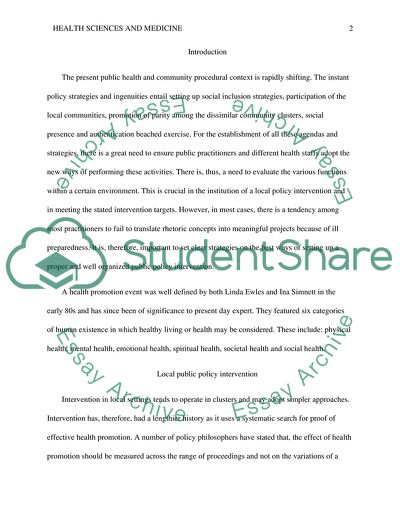Cite this document
(Public Health policy intervention Coursework Example | Topics and Well Written Essays - 2000 words, n.d.)
Public Health policy intervention Coursework Example | Topics and Well Written Essays - 2000 words. https://studentshare.org/health-sciences-medicine/1871574-public-health-policy-intervention
Public Health policy intervention Coursework Example | Topics and Well Written Essays - 2000 words. https://studentshare.org/health-sciences-medicine/1871574-public-health-policy-intervention
(Public Health Policy Intervention Coursework Example | Topics and Well Written Essays - 2000 Words)
Public Health Policy Intervention Coursework Example | Topics and Well Written Essays - 2000 Words. https://studentshare.org/health-sciences-medicine/1871574-public-health-policy-intervention.
Public Health Policy Intervention Coursework Example | Topics and Well Written Essays - 2000 Words. https://studentshare.org/health-sciences-medicine/1871574-public-health-policy-intervention.
“Public Health Policy Intervention Coursework Example | Topics and Well Written Essays - 2000 Words”. https://studentshare.org/health-sciences-medicine/1871574-public-health-policy-intervention.


